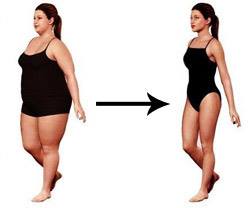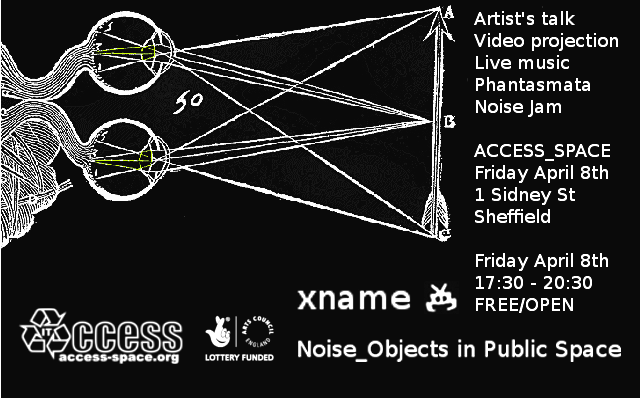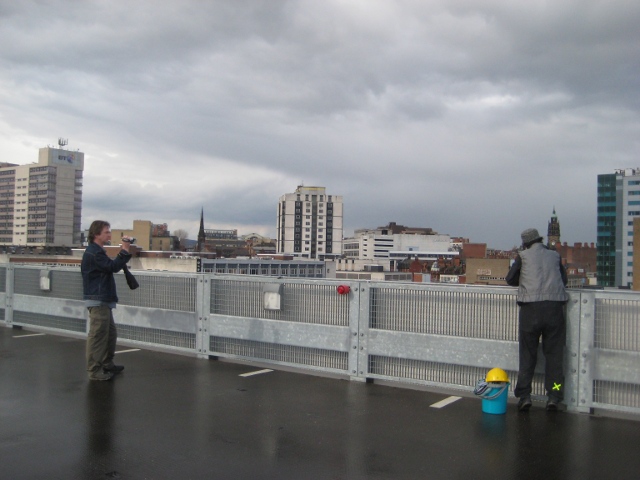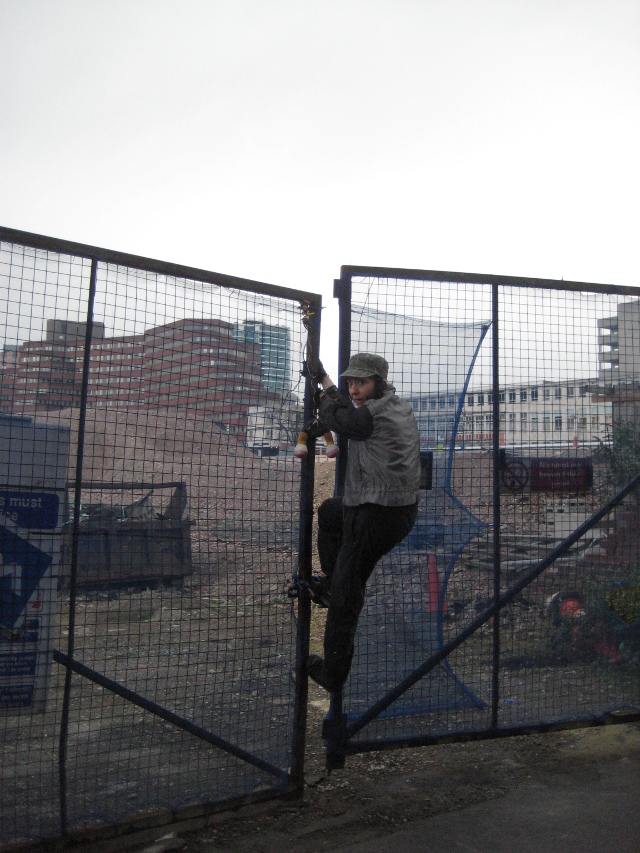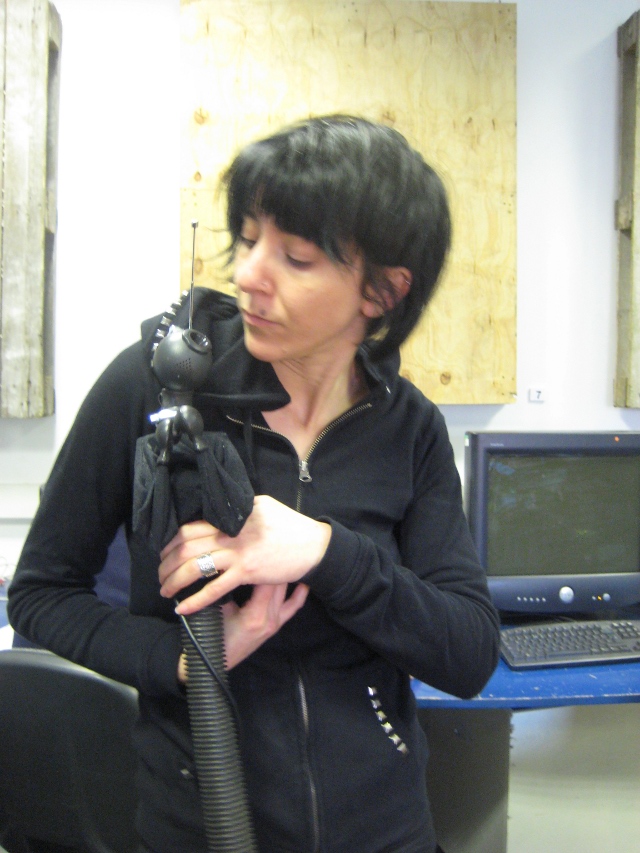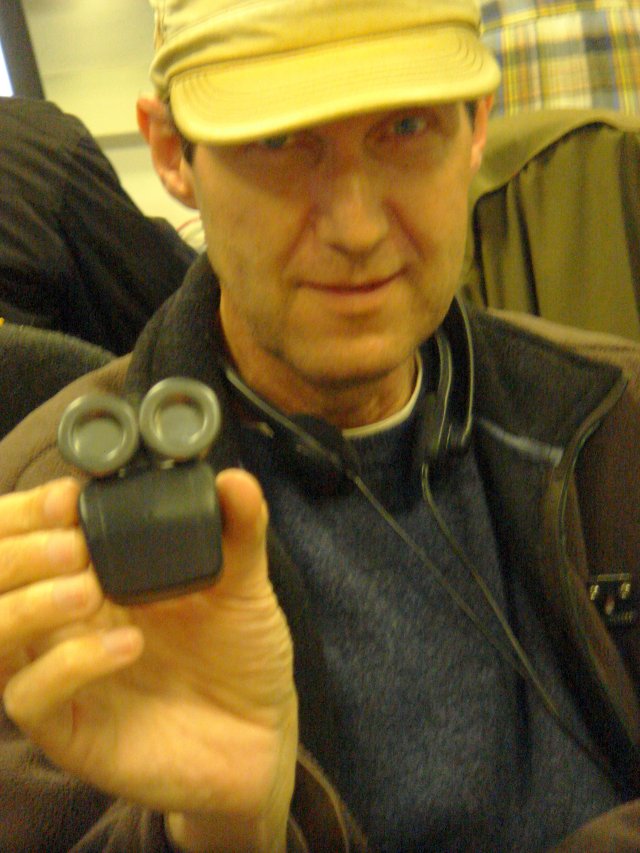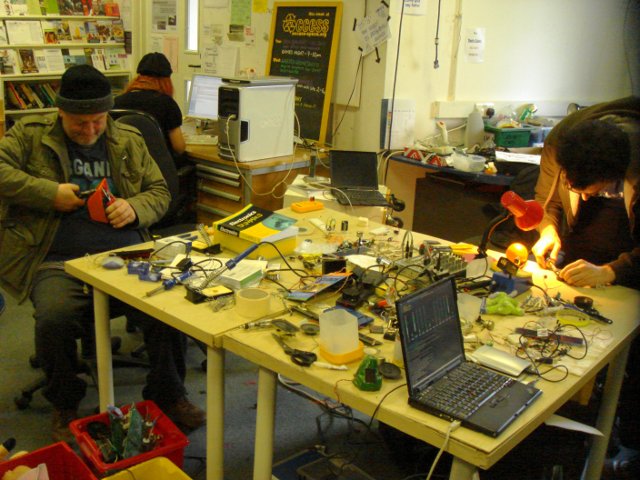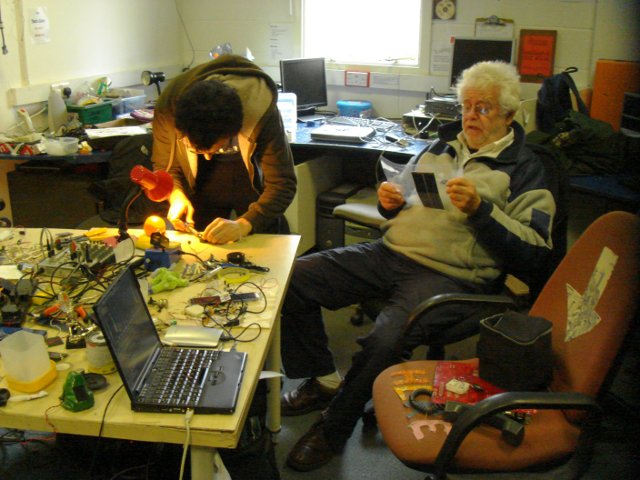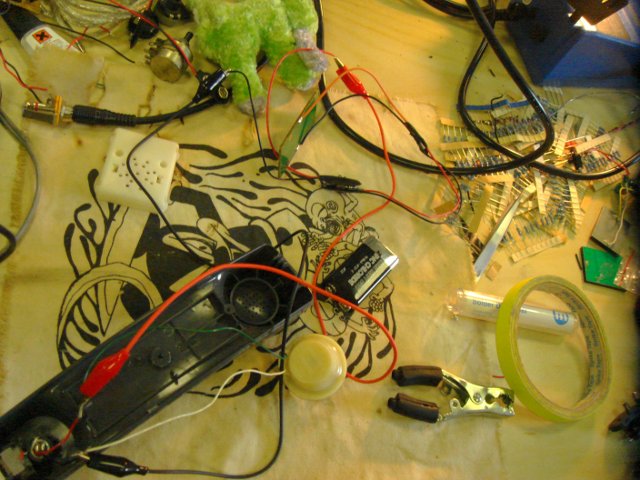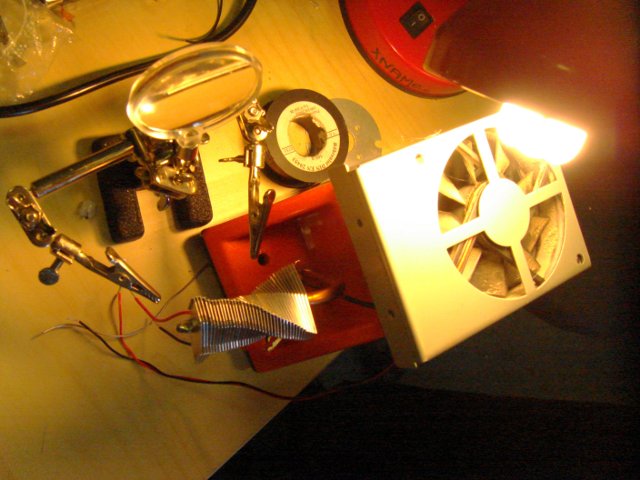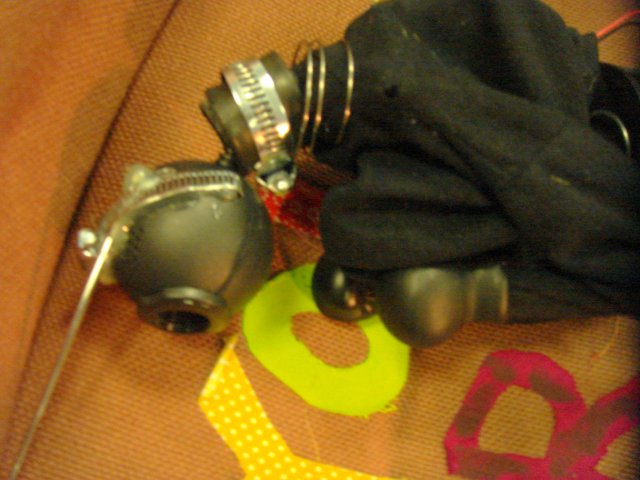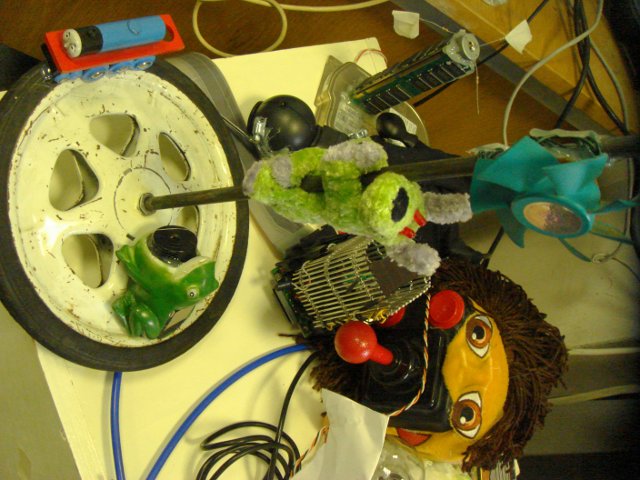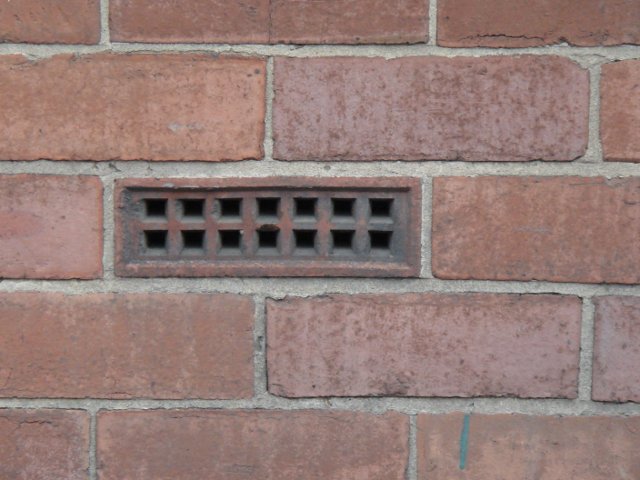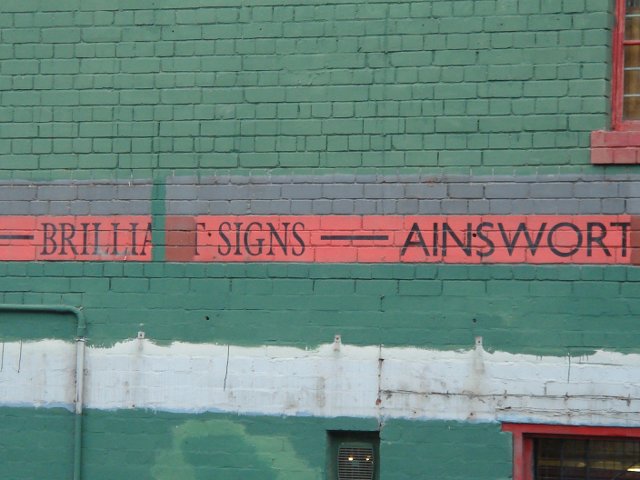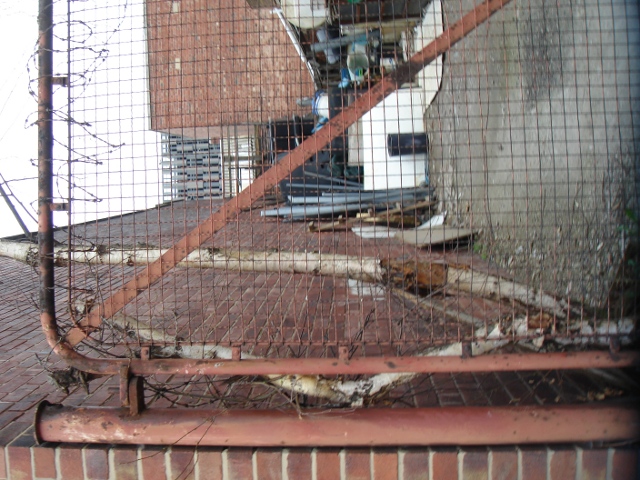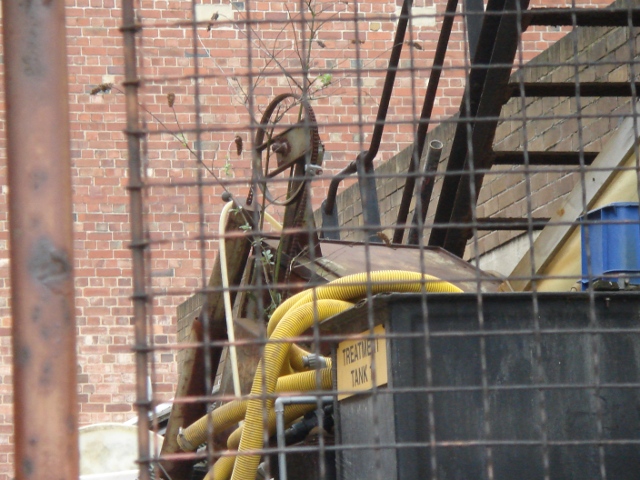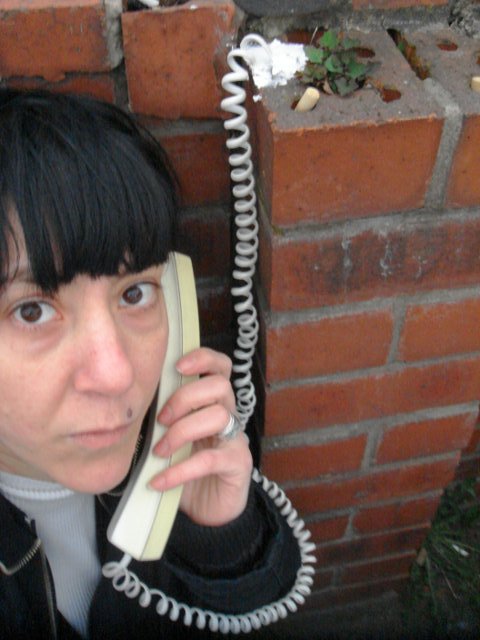Dusty Mariee is a live, continuous, audio-video stream broadcasted to the Internet from my apartment on the 19th floor of the Balfron Tower, the iconic example of brutalist architecture designed by Ernő Goldfinger in 1963. The stream represents the large glass that separates my personal space from the external world, that is to say: private and public life. The camera focuses on the dust stratifying on the surface of the glass, while London and the artist inhabiting the flat appear as projections, phantom shadows over the much more stable, yet ever-changing, image of the dust (representing time and matter). Contact microphones on the surface of the window will transform the glass into a very powerful long distance zoom: at random, the construction captures and reproduces the sounds that the city of London emits through the Net, transforming the glass into a gigantic microphone, producing a ‘sounding’ of both audible and visible multi-scalar dimensions of an environment.
But who, or what, is La mariée?
//
|
|
|
…a brutalist kiss between
the Barbican and Balfron
with all the dust and air
and magnetism crushed
between them…
|
Audio-video live stream from May 14th to June 9th !!
This page is know to be better displayed in Chrome or Firefox.
Alternatively you can play this URL with Videolan:
http://xname.tv:8000/dusty_mariee.ogg


Picture of the dust on Duchamp’s The Large Glass
Dusty Mariee uses a Large Glass, a contact microphone, a Gumstix, a Linux Kernel, a Debian server, Icecast, Gstreamer, Ogg/Theora, Git, Javascript, the Balfron tower, a mixer, and some derelict electronics.
Many thanks to Antonios Galanopoulos for technical support.
Would you like to know more?
Watch project context film is Who is La mariée realised in collaboration with film-maker Jen Fearley:
This shot film introduces the piece, constructing the myth of its creation and expanding the frame of vision, while a database of clips creates, interjecting the stream at random, unpredictable and ever-changing narratives.
This work, manipulating with technology the classical, yet twisted, ingredients of a fairy tale (the tower, the bride and the big city), and illustrating the transient and dystopian state of the surrounding area, finally identifies dust as the only representation of humanity that preserves a coherence of intent.
Dusty Mariee and Duchamp
This piece is a ready-made (a window becomes the subject of artistic inspection).
It refers to the Large Glass and its investigation of the fourth dimension.
It uses chance (in a contemporary, technological, real-time fashion).
Normal life and entropic matter (dust) become art.
This is, of course, provocative.
Dust
The image that the camera reproduces is intrinsically different when focussing on the dust stratifying over the glass, as the picture of the city becomes bleared, surreal, pictorial, as if coming from another world or a different time and dimension.
When the night comes, or the lights are turned on in the room, the dust becomes more visible, and the reflection of the internal space of the house overlays and mixes with that of London, offering a glimpse of Duchamp’s strongest obsession, the fourth dimension, the projection of a three dimensional reality over another three dimensional space.
Additionally, visit the project website and read the Barbican’s post or Metamute’s announcement.
Dusty Mariee features improvised live sets creating experimental electronic music on that interact with the microphone’s sounds. Musicians that participated so far are:
Alo Allik
Sick Nielson
Xname
Check the stream between sunset and dusk!
Talk to me
For questions related to this project, you can find me in IRC
server: irc.freenode.net
channel: dusty_mariee
(we use irssi)
If you have lot’s of friends,
check out the Social Network page.
You can contact me there and follow the live-sets announcements.
Dusty Mariee is a Net art work by Xname.
This piece was made possible thanks to a commission by the Barbican Centre as part of the Dancing Around Duchamp season, the Digital Duchamp series, bringing the work of Marcel Duchamp into the digital age.
Thanks to Media and Arts Technology Programme, Queen Mary University of London.
